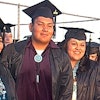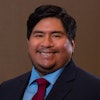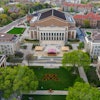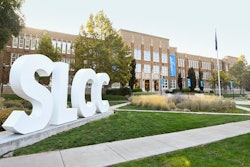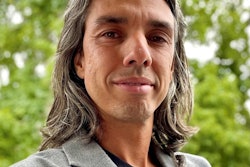Oregon State University Returns Artifacts
To American Indian Tribes, Historical Society Balks
CORVALLIS, Ore.
The Benton County Historical Society expressed disappointment over Oregon State University’s decision to return 900 artifacts from the Horner Museum to the Oregon tribes from which they came.
The university closed the museum in 1995 and the historical society wants to reopen it in downtown Corvallis. As part of the deal, the society — in 1998 — agreed to take the entire 60,000-item collection.
“They’re reneging a little bit on the spirit of the deal,” said Kathy Roberts, the society’s development coordinator. “It wasn’t what we expected, but we’ll still be getting a fabulous collection. It’s sad there will be a gap in it.”
Federal law requires that human remains, grave goods and objects of cultural patrimony, such as sacred items, should be returned from museum collections to tribes or descendants.
Oregon State decided to give all the Native American artifacts back to the Oregon tribes, not just sacred or grave items.
Tribes were unhappy with the initial agreement, which “set up years’ worth of squabbling on whether or not the university should give Benton County (Historical Society) all this,” says James Hamrick, State Parks and Recreation Department assistant director for heritage conservation.
“It was really clear to OSU that if they handed these things over to Benton County, there would have been a long, extended lawsuit. And that’s one of the things people were trying to avoid,” Hamrick says.
The Horner Museum, still housed in the basement of Gill Coliseum, went through years of uncertainty and turmoil before OSU closed its doors permanently during budget cuts in 1995.
The collection has about 3,000 American Indian artifacts, such as arrowheads, baskets, a canoe — even the remains of two bodies. The items come from all parts of the country, and the historical society will get artifacts not affiliated with Oregon tribes.
The museum opened in 1925, when John Horner, a professor at Oregon Agricultural College, pulled together the various collections. It was named for Horner in 1936, three years after he died. The museum moved to Gill Coliseum in 1951.
— Associated Press
© Copyright 2005 by DiverseEducation.com

